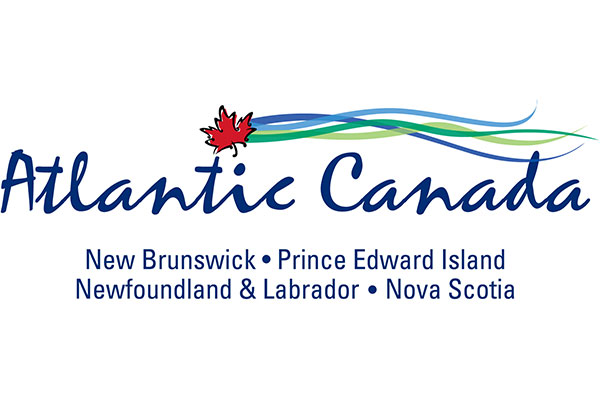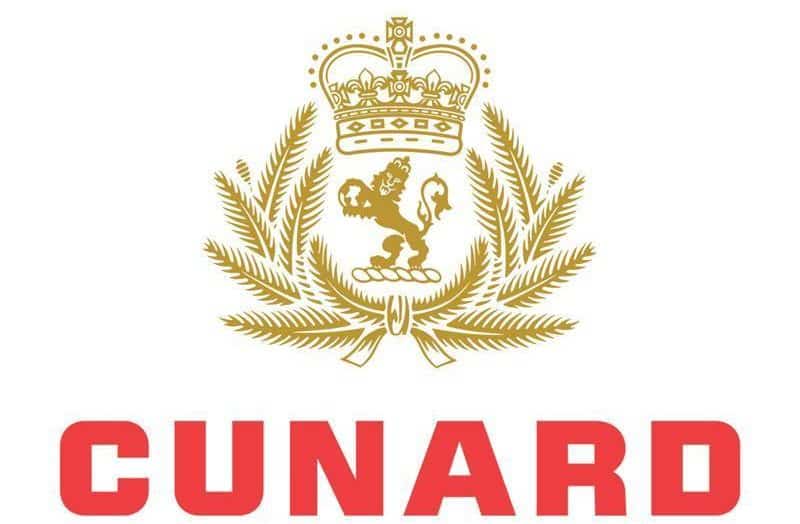Explanation of MS Explorer’s sinking doesn’t hold water
Reporter Colin Woodard in The Christian Herald Monitor discusses possible alternate explanations for the sinking of the MS Explorer last month off Antartica.
People familiar with the Antarctic tourism industry weren’t surprised that a cruise ship sank there.
What stunned them was that the ship in question was the MS Explorer, a veteran of the polar cruise ship trade, purpose-built to operate in extreme polar environments, and manned by an experienced crew. That it sank during what appears to have been the most routine of circumstances – cruising through young pack ice in mild weather – has experts scratching their heads.
“I’m totally shocked and surprised,” says Leif Skog, who was captain of the Explorer for six years in the mid-1980s and early 1990s. “She was just outstanding in her design, perfect for ice navigation. It’s very unlikely that pack ice caused this.”
Jim Barnes, executive director of the Washington-based Antarctic and Southern Ocean Coalition, which monitors tourism and other activities, concurs. “To think [the Explorer] could sink in less than 20 hours from a relatively modest incident is very surprising,” he says. “It makes you wonder if something else happened, because it really doesn’t add up.”
Indeed, the initial explanation of the ship’s sinking on Nov. 23 – that it struck submerged ice, sprung a “fist-sized” leak, and was doomed by uncontrollable flooding – doesn’t hold water for ship-design experts.
Essential pieces of the story are missing, they say. Those include what the vessel really struck, why flood control efforts failed, and the timing and nature of a second collision with a large iceberg.
Casting doubt cast on ice-damage explanation, Sander Calisal, professor emeritus of naval architecture at the University of British Columbia, notes that Explorer’s 1A-class ice-reinforced hull ought to have withstood accidental contact with submerged ice. “If there were some kind of underwater ice then, yes, there will be some impact, but I would assume it would be relatively minor.” An iceberg large enough to cause serious damage would be readily visible to radar, sonar, and the eyes of the bridge crew.
Mr. Skog, Seattle-based vice president for marine operations at Lindblad Expeditions, Explorer’s original owner, says collisions with submerged ice are very rare events. In a polar career spanning three decades, he can recall only a handful of times when ships he served on experienced ice damage. All amounted to dents, save one incident when a cargo ship he was commanding suffered a small, easily contained leak in the Arctic.
Further, such damage almost always occurs in the bow area, which is double-hulled as an added precaution on ice-going vessels. But the Explorer’s leak had to be in the middle of the ship, he notes, because as she sank, she remained on a level, bow-to-stern trim.
The apparently small size of the puncture suggests the ship may have struck something harder than ice, according to Claude Daley, an expert in ice-reinforced ship design at Memorial University in St. John’s, Newfoundland. “A fist-sized hole doesn’t sound like ice damage to me,” he says. “You need something very hard to cause a small hole in steel. Stone, for instance.”
One possibility, says Skog, is a large stone embedded in floating glacial ice. “There can be huge rocks frozen into the ice, and they can be hard to see,” he says. “When I was down there in the ’70s, in poorly charted waters, you would see things that looked like little islands, but were actually floating.”
Whatever caused the damage, Mr. Calisal says it shouldn’t have sunk the ship by itself. “Passenger ships are designed with many watertight compartments to contain flooding,” he says. “There had to have been a chain of failures to prompt the captain to abandon ship.”
Explorer’s owner, GAP Adventures of Toronto, is unable to provide further information on the incident, now that their insurance company, Steamship Mutual, is investigating, according Susan Hayes, the GAP Adventure’s vice president for marketing. “We don’t know exactly what happened,” she said. “At this point, I’m not actively in the loop.”
Reviewing the facts, initial reports from the company and accounts given by passengers and crew suggest something unexpected happened aboard the ship while the crew worked to contain the damage.
The incident started about midnight local time (GMT-3), when the Explorer struck something, suffering damage amidships on the starboard side of the lowest passenger level.
Passengers there recalled hearing two loud bangs and the sound of rushing water, as their cabins began to flood. They alerted the crew, and a distress call was sent out at 12:20 a.m.
While passengers congregated in the muster station on an upper deck, the crew located what Ms. Hayes said was “a crack and a fist-sized hole.” The Toronto Globe & Mail reported Nov. 24 that the crew sealed the affected compartment with watertight doors and, for about an hour, appeared to have stabilized the situation with bilge pumps.
Several witnesses have since recounted that while they were waiting in the muster station, the Explorer drifted into a large iceberg. The iceberg – which one passenger described as being as big as the ship – reportedly struck the damaged starboard side.
Water levels reportedly began rising again sometime after 1:30 a.m., although it is not clear if this was a result of the second collision. Power failed, and, at about 3 a.m., Captain Bengt Wiman gave the order to abandon ship. Two other cruise ships arrived on the scene at about 7 a.m. to begin plucking passengers and crew from lifeboats and rafts. All 154 aboard were rescued. Explorer, which had rolled on her starboard side, reportedly sank that evening.
“The worst thing is that the ship probably sank with the secret of what really happened,” says Skog, who hopes investigators manage to find the answer. “On our ships we need to know the facts; speculations aren’t really fruitful for us.”
Report by The Mole from the Christian Science Monitor
 United Kingdom
United Kingdom United States
United States Asia Pacific
Asia Pacific












































Dozens fall ill in P&O Cruises ship outbreak
Turkish Airlines flight in emergency landing after pilot dies
Boy falls to death on cruise ship
Unexpected wave rocks cruise ship
Storm Lilian travel chaos as bank holiday flights cancelled